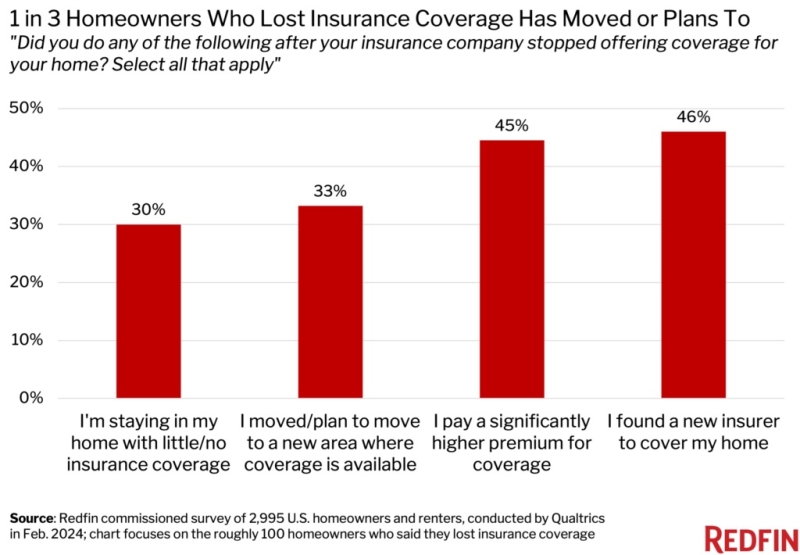Advertisement
NMP’s Market Barometer: June 2009 Part II
NMP's Market Barometer is provided exclusively to National Mortgage Professional Magazine by David Beadle, president of BestInfo Inc., the BestRates cell, pager and e-mail rate alert service for mortgage industry subscribers.
A reading of "1" has the lowest impact on rates, while "10" has the highest. Although carefully verified, data are not guaranteed as to accuracy or completeness. BestInfo Inc. cannot be held responsible for any direct or incidental loss or liability incurred by applying any of the information or opinions in this feature.
June 16 ■ May Producer Prices
Rate Impact: 7
While the pace of inflation has been a "back burner" issue for the past year, there are indications it may return to "front and center" as a concern for the bond market. That's because the Federal Reserve has been printing money with what some would describe as reckless abandon as it expands its balance sheet by purchasing what could become trillions of dollars of mortgage-backed securities and U.S. Treasury IOUs. Already, the Fed has dedicated up to $1.25 trillion to purchase mortgage paper and $300 billion for Treasuries, with promises of more such acquisitions, if necessary. The core rate of personal consumption expenditure prices edged up to 1.9 percent in April. That figure is almost at the Fed's implied two percent inflation "speed limit," leaving little room for error. Today, we will receive the May update on wholesale prices.
June 17 ■ May Consumer Prices
Rate Impact: 8
While the producer price index only covers the price of goods, the consumer price index includes both goods and services, thereby offering a broader inflation perspective. Over the past year, the "headline" number, which includes food and energy prices, has been extremely volatile, jumping to a peak of over five percent on a year-over-year basis and then plunging into negative territory. But the core rate has held tightly to the two percent area, undulating above and below it, with a recent move back up again. The bond market has taken notice, resulting in a sharp yield increase in both the U.S. 10-Year Treasury note and the 30-Year "Long Bond." Residential fixed-mortgage rates have not been immune, and vaulted three-quarters of one percent in late May, despite Federal Reserve efforts to hold them lower. Inflation is returning to prominence as a key concern.
June 23 ■ May Existing Home Sales
Rate Impact: 6
The debate about the health of the residential real-estate market remains heated. At any given moment, Wall Street participants are cheering what they view as a recovery in sales. For instance, in April, transactions rose 2.9 percent from March. But in the next moment, investors and analysts anguish about the fact approximately 45 percent of recent transactions were the result of "distressed" sales, such as foreclosures. And they point out the inventory of unsold homes, as measured by both the raw figures and the monthly supply, is rising. In April, there were 3.97 million homes on the market, up from 3.65 million in March. It would now take 10.2 months to sell them at the current pace of sales, up from 9.6 months a month earlier. The reason is simple. More sellers have been trying to take advantage of the spring selling season but many prospective buyers remain cautious. May new home sales will be reported on June 24.
June 26 ■ May Personal Incomes & Spending
Rate Impact: 9
The national savings rate surged to 5.7 percent of income in April, the highest mark in over 14 years. This was reflective of the fact that personal incomes were seeing their biggest improvement in almost a year while spending was heading down. As a result, the prospects of consumer outlays rescuing the economy from its current malaise are doubtful. The condition of household balance sheets remains shaky after decades of excessive spending based upon borrowed funds. The problem is that both households and the government have exhausted their lines of credit, resulting in a serious dilemma as to who is going to be able to trigger a rise in gross domestic product back into positive territory. Until that question is answered, the unemployment rate may continue to rise. If interest rates move up as well, any recovery effort may be quashed before it can develop sufficient momentum to become self-sustaining.
Send your inquiry to [email protected] for full details on a free two-week trial subscription.
About the author





